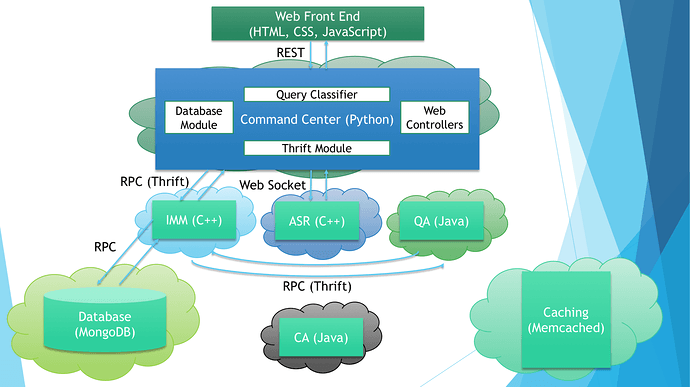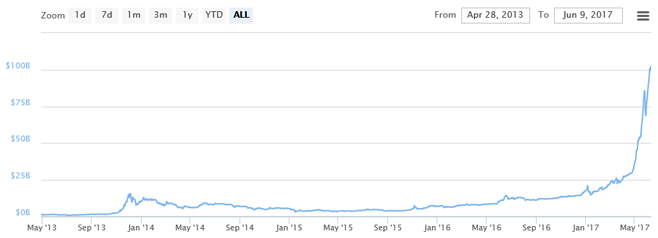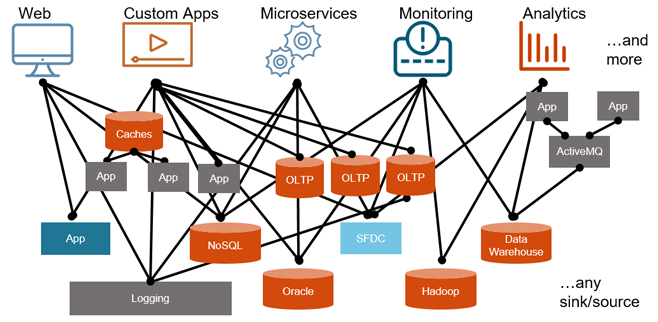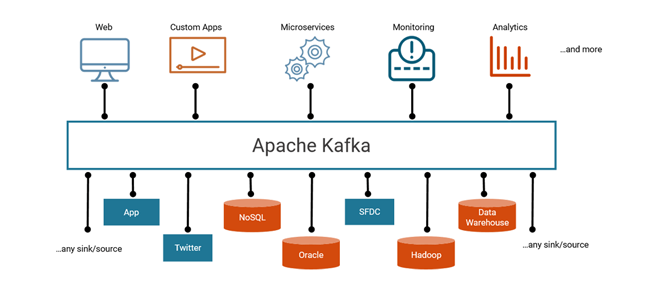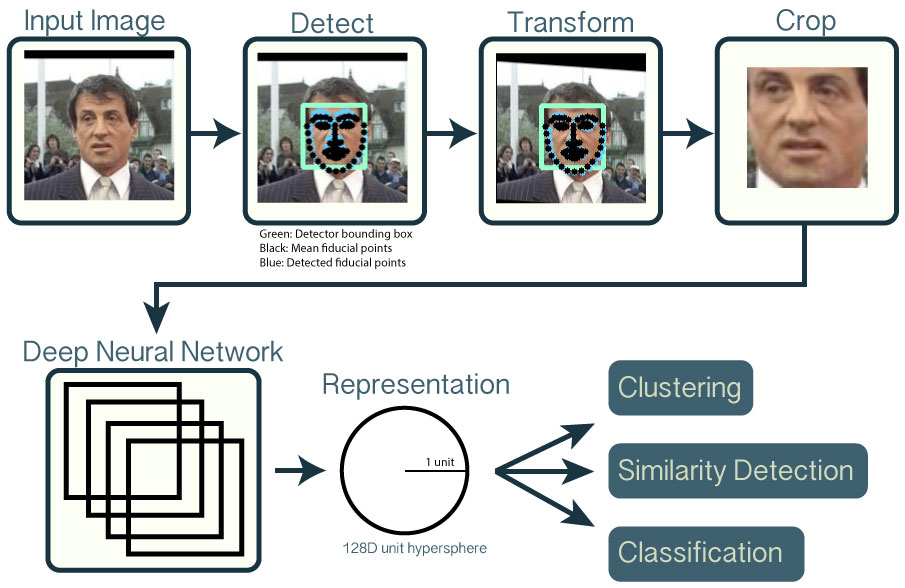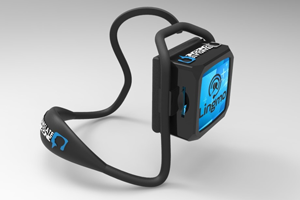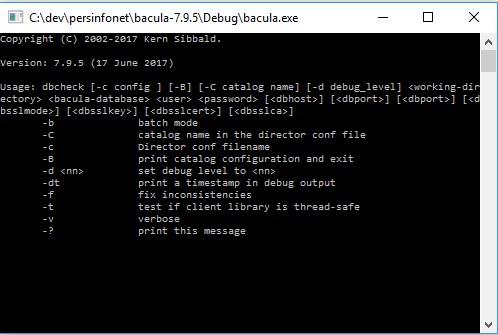Hoi Weerman,
Deze week heb ik een gesprek met vriend van mij in Turkije gehad via WhatsApp. Erg goede geluidsverbinding. De uitdaging is om iedereen een telefooncentrale software (= Asterisk) op zijn smartphone te geven.
Ik heb uit Asterisk het hoofdprogramma (296.916 source regels) -, grootste channel (SIP: 47.776 source regels) - en grootste applicatie routines (Voice Mail:19.936 source regels) gehaald.
Na drie maanden is het mij gelukt om deze source-rip onder Visual Studio 2015 en ook onder Ultimate++ te compileren en linken. Best wel lekker gevoel. Nu kan je code gewoon gaan hergebruiken.
De rest kijk in ook wel naar, maar ga ik rustig aan doen welke handig zijn om te gaan migreren.
N.B. Asterisk doet nog niks, moet nog aangezet worden omdat ik anders aanroep. Normaliter werkt het vaak zo dat configuratie file uitgelezen wordt om de te gebruiken (Asterisk) modules te laden. Ik ga standaard de omgeving goed zetten.
Wat best wel wat tijd kost is om de external variables weg te werken. Dat zijn routines die de compiler niet kan vinden.
Ik ga dan op google zoeken naar de routine. Even checken welke routines best bij de code past. Wat ik mis is een routine woordenboek. Waarin source code van de routine staat, ook met vorige versie en mogelijk ook varianten voor andere platformen als MAC (OSX). Ik denk een beetje aan de Wikipedia pagina structuur voor de routine. Je kan ook auteur, etc opgeven. Voor mij gevoel heb ik sommige routines ook al in andere delen van mijn source stack staan.
Een paar voorbeelden.
De routines uuid_compare, uuid_generate_random, uuid_parse, uuid_unparse_lower heb ik uit een R project gehaald.
De routines regfree, regcomp, regexec zie ik in winflexbison terug komen. Dus even leeg routines toegevoegd. Ik ga deze project er wel in rippen, want dan ik ik flex en bison vanuit SSH-serverprogramma aanroepen.
De Linux(DNS) routines res_ninit, res_nsearch, res_nclose heb ik wel uit glibc geript. Ik wil de implementatie van deze routines in Windows Visual studio 2015 habitat maken. Voordeel is dat je dan op Linux en Windows dezelfde routines gebruikt echter slag dieper is bij elke platform de implementatie anders.
En het stond inderdaad al langer dan 10 jaar te koop. In 2004 was dat:
THIS DOMAIN IS FOR SALE: ubermensch.com - $1288.00
Met een umlaut is op dit moment nog beschikbaar. Jan Marco, kan iemand meeliften voor als het gaat lopen!
Nee, ik kijk wel naar hun code en ideeën. ![]() Mogelijk hebben wij daar wat aan. Maar de ubermensch vind ik net zo beladen als het woord “Jodenvervolging”. Daar wil je als “normaal persoon” zo ver mogelijk weg van blijven.
Mogelijk hebben wij daar wat aan. Maar de ubermensch vind ik net zo beladen als het woord “Jodenvervolging”. Daar wil je als “normaal persoon” zo ver mogelijk weg van blijven.
Maar ik zie niet iets van een digitale munteenheid? Bijvoorbeeld MaidSafe of Gulden?
De Block chain is veel breder dan alleen een munt. Ik denk dat de echte uitdaging erg in (technisch) voortbrengingsproces zit. Ik kijk nooit in eerste instantie vanuit het geld perspectief. Iets moois maken waar mensen iets aan hebben zou ook erg mooi zijn.
Natuurlijk hebben we wel over munt eenheid bedacht, namelijk PIN-coins. Ik ben voorstander om waarde gelijk aan de euro te houden. Een collega van mij is meer voorstander van dynamisch prijsbepaling zoals bij bitcoins.
Mogelijk twee varianten voeren. In mijn beeld staat op (boekhoudkundige) openingsbelans verschillende saldi van digitale munten.
Als ik iets aan jou wil verkopen kan ik een aanbod doen (afhankelijk van jouw en mijn sociale status) in de verschillende (virtuele) munten. Als ik minder voorkeur heb vraag ik hoger prijs in muntsoort. Misschien heb jij veel meer Eters en minder Bitcoins. Jij kan mijn bod wel of niet accepteren of er volgt wel of geen onderhandeling om tot elkaar te komen.
Ik denk dat ik ga kijken of ik ook een moodboard van blockchain/PIN-coins kan maken. Het is voor mij ook nog beetje zoektocht wat er allemaal al is en wat ik graag zou willen hebben. ![]()
Onderstaande zijn die ik op voorhand heb gevonden. Als ik beter ga zoeken vervang ik projecten wel door anderen die beter zijn. Ik hou van deze heuristiek methode, oplossing bedenken en daarna optimalisaties doorvoeren.
Ripple is wel mooi concept en heeft paar mooie plaatjes over geld overmaken.
Ripple is a network of computers which use the Ripple consensus algorithm to atomically settle and record transactions on a secure distributed database, the Ripple Consensus Ledger (RCL). Because of its distributed nature, the RCL offers transaction immutability without a central operator. The RCL contains a built-in currency exchange and its path-finding algorithm finds competitive exchange rates across order books and currency pairs.
Blackbird doet is aan om inefficiëntie in de markt, lijkt mij altijd goed plan.
How blackbird Works: Bitcoin is still a new and inefficient market. Several Bitcoin exchanges exist around the world and the bid/ask prices they propose can be briefly different from an exchange to another. The purpose of Blackbird is to automatically profit from these temporary price differences while being market-neutral.
Ik heb nog niet naar de code van CTP gekeken, maar best wel interesant om trading platform te incorporeren,
Integrated Trading Platform CTP (Comprehensive Transaction Platform) door de Shanghai Futures Information Technology Co, Ltd (een volledige dochteronderneming van Shanghai Futures Exchange) ontwikkeld door futures trading platform, CTP platform voor “een nieuwe generatie uitwisselingssysteem,” de core-technologie, stabiele, high-speed, open interfaces voor de toepassing softwareprogramma trading en korte termijn karnen klanten.
Ledger lijkt beetje op ouderwets boekhoudprogramma:
Ledger is a powerful, double-entry accounting system that is accessed from the UNIX command-line. This may put off some users, as there is no flashy UI, but for those who want unparalleled reporting access to their data, there really is no alternative.
Here are some of the features of Ledger which set it apart from other accounting systems:
• Ledger is a double-entry accounting tool, meaning that all entries must balance. If an entry does not balance, it will cause an error and the report will not be generated. Ledger is always checking the accuracies of your entries at every run; you won’t ever run into problems with “unaccounted” sums in an account.
• Ledger is 100% currency-agnostic. You can store multiple currencies in any account, convert between them, or even pay in one currency and receive change in another.
• Ledger is international. UTF8 is accepted anywhere in data files, Ledger uses ISO format dates, attaches no meaning to the naming of accounts, and can accept data in either US or European decimal formats. It will report currencies back to you following the manner of your own entries.
• Ledger uses a simple set of base commands which can be extended in countless ways. You can create monthly reports, average reports, check account balances, reconcile accounts, keep track of capital gains on stocks, etc.
Weerman, Je stopt transacties liever in een database dan in een ouderwetse file zoals ze bij bovenstaande “Ledger” project doen.Mogelijk dat jij daar anders over denkt,
De hartelijke groet Jan Marco



